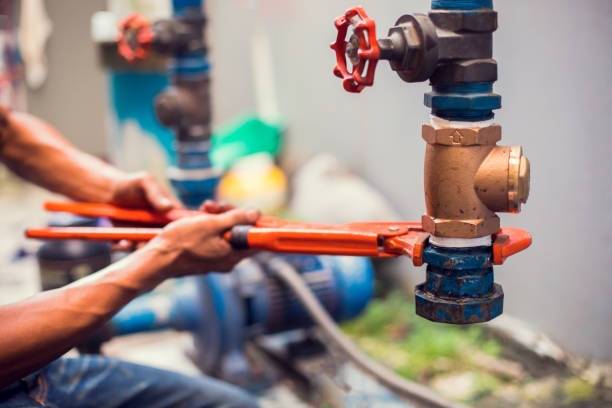Complete Plumbing Inspection What Homeowners Should Expect
A complete plumbing inspection is a comprehensive review of all the water pipes, fixtures, and systems within a home. It’s an essential procedure that homeowners should expect to maintain their property in optimal condition. This process ensures that the entire plumbing system is functioning correctly and helps identify potential problems before they escalate into costly repairs.
When you schedule a complete plumbing inspection, professional plumbers will typically start by examining your home’s water supply system. They will check for leaks, corrosion, or any signs of damage in the pipes that could potentially lead to serious issues such as flooding or water contamination. The plumber may also test your home’s water pressure to ensure it falls within the acceptable range.
Next read on the list would be an assessment of your drainage system. A well-functioning drainage system is crucial for maintaining hygiene standards and preventing water damage in your property. During this part of the inspection, professionals will check whether all drains are clear and working properly. They’ll look out for slow-draining sinks or showers which might indicate potential blockages.
Inspectors will also evaluate fixtures like faucets and showerheads during a complete plumbing inspection. These components can often be overlooked by homeowners but are vital parts of any plumbing system. Plumbers will check for drips or leaks which might contribute to higher utility bills if left unchecked.
Water heaters are another significant part of this comprehensive examination since they play a critical role in providing hot water throughout your house. Inspectors usually examine these appliances for signs of rusting or leakage that could affect their efficiency over time.
Sewer lines too form an integral part of this exhaustive scrutiny because these hidden pipelines carry waste away from homes safely and efficiently when they’re functioning correctly; however, any blockage or rupture can create severe problems such as sewage backup into homes causing health hazards besides damaging properties.
The final aspect covered during a complete plumbing inspection includes checking outdoor hose bibs (outdoor faucets) used primarily for watering gardens or washing cars. These are often prone to leaks and may suffer from freeze damage during the winter months if not properly insulated.
Once the inspection is complete, homeowners can expect a detailed report outlining any potential issues found during the process. This report will help them understand their home’s current plumbing status and what steps need to be taken for repairs or maintenance.
In conclusion, a complete plumbing inspection is an essential exercise that every homeowner should undertake periodically. It not only helps in avoiding significant repair costs down the line but also ensures that your home’s plumbing system remains efficient and reliable at all times. Remember, prevention is always better than cure; therefore, don’t wait for problems to arise before scheduling your next comprehensive plumbing inspection.


